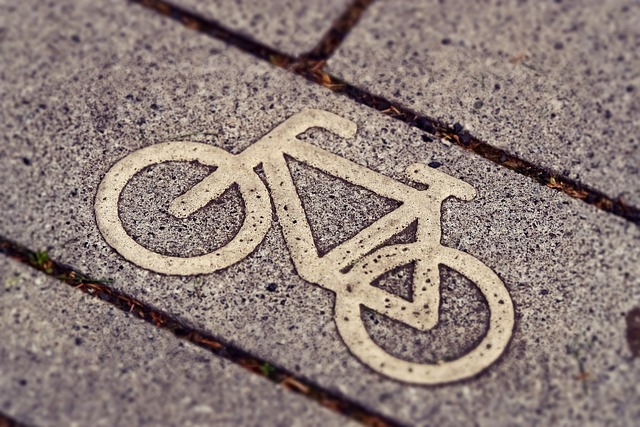In today’s fast-paced world, the need for sustainable mobility has never been more urgent. As cities expand and populations grow, our reliance on traditional transportation methods contributes significantly to our ecological footprint. However, by embracing innovative green sidewalk technologies, we can transform the way we navigate urban landscapes while promoting a healthier planet.
Sidewalks, often overlooked in the grand scheme of urban development, play a pivotal role in sustainable mobility. They are not merely pathways for pedestrians; they serve as essential components of a broader transportation network that can help reduce reliance on fossil fuels. By investing in sustainable sidewalk infrastructure, cities can encourage walking as a viable and eco-friendly alternative to driving.
Incorporating green technologies into sidewalk design offers a multitude of benefits. For instance, permeable pavements can effectively manage stormwater runoff, reducing the risk of flooding and promoting groundwater replenishment. These surfaces allow rainwater to seep through, filtering pollutants and nurturing local ecosystems. By implementing such eco-sensitive materials, we can substantially decrease the urban heat island effect, a major contributor to climate change.
Moreover, sidewalks that integrate renewable energy sources can pave the way for a carbon-neutral future. Imagine sidewalks embedded with solar panels that not only power streetlights but also charge electric vehicles parked nearby. This innovation not only reduces energy consumption but also promotes an essential shift toward cleaner mobility options. By encouraging the use of electric bikes and scooters, cities could further diminish their carbon emissions and enhance the urban mobility experience.
In the quest for sustainable development, the importance of community engagement cannot be overstated. Inclusive sidewalk designs that accommodate all users—including pedestrians, cyclists, and those with disabilities—foster an environment where walking becomes the norm. This approach not only enhances social interaction but also encourages healthier lifestyles, thus reducing the ecological footprint of transportation as a whole.
As we envision the cities of tomorrow, it becomes clear that reimagining our sidewalks is integral to achieving a sustainable mobility framework. By prioritizing green technologies and investing in inclusive designs, we can create vibrant urban areas that facilitate eco-friendly transportation solutions. It’s time to champion the humble sidewalk as a powerful tool in the fight against ecological degradation, paving the way to a brighter, greener future.




